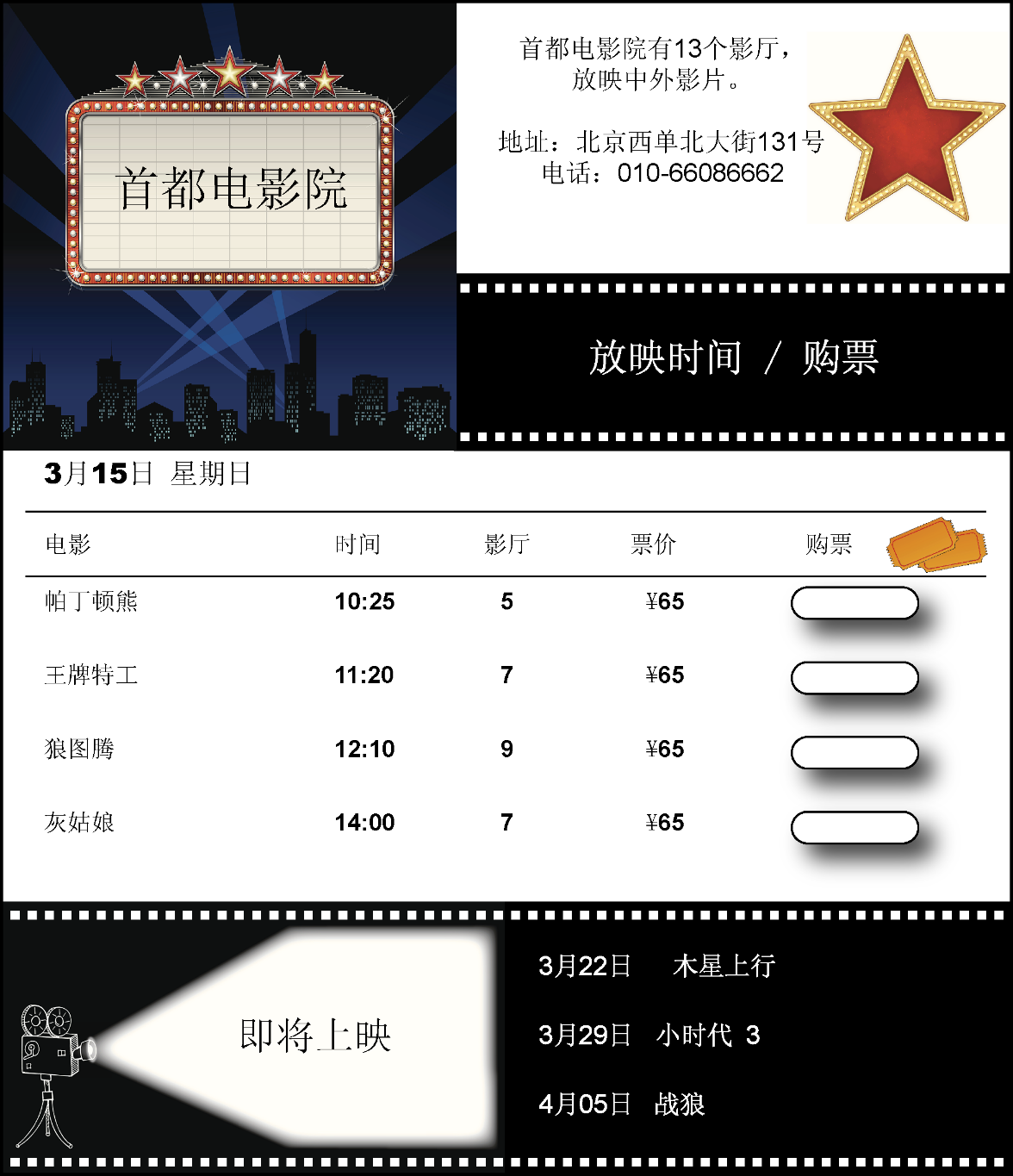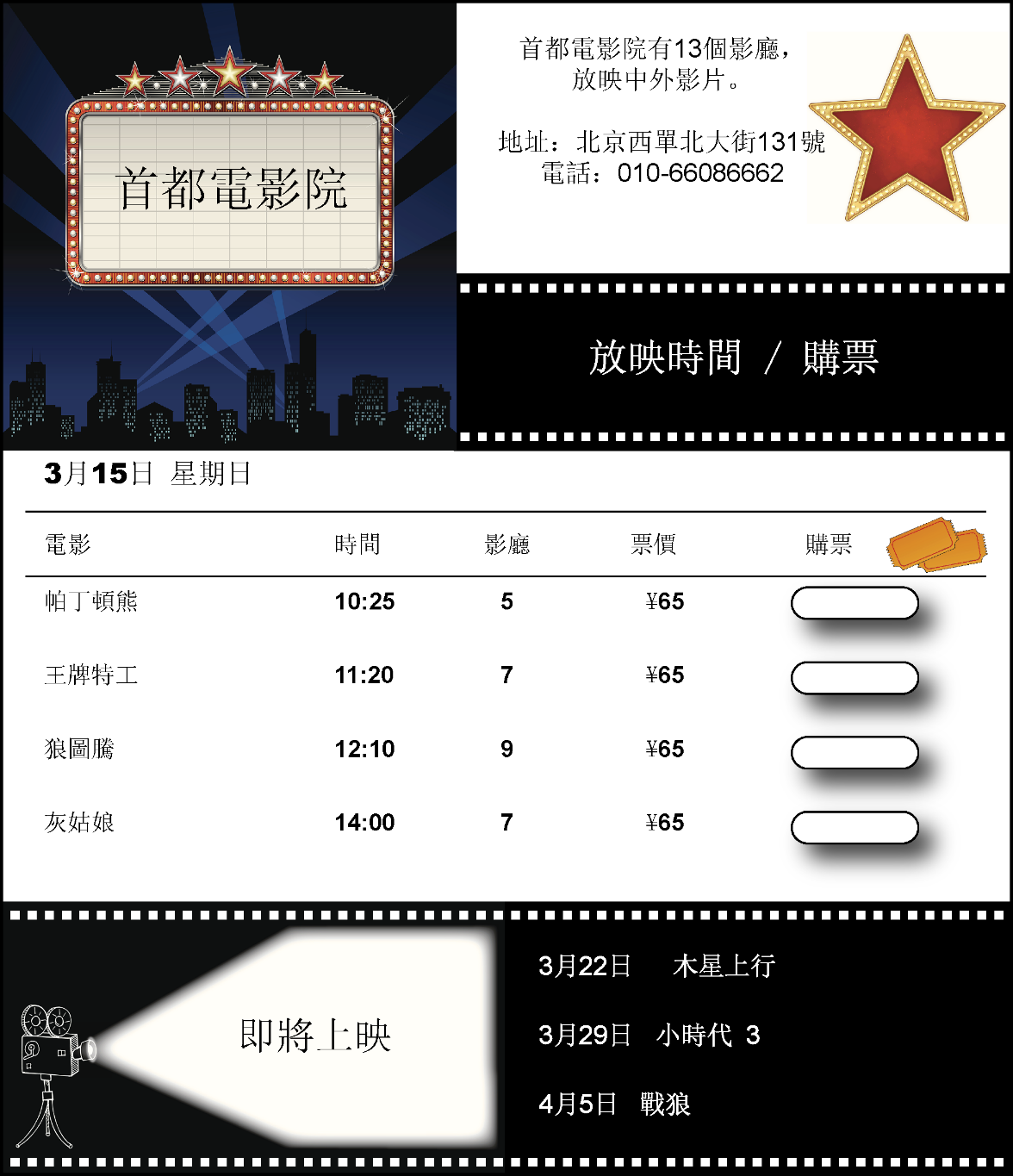Study Guide
Field 127: Mandarin CST
Pedagogical Content Knowledge
Recommendation for individuals using a screenreader: please set your punctuation settings to "most."
Review the IME tutorial video
![]() and the
IME instructions for Mandarin
and the
IME instructions for Mandarin
![]() . The IME instruction document
will be available to you during the actual test.
. The IME instruction document
will be available to you during the actual test.
Directions for Pedagogical Content Knowledge Assignment
For the Pedagogical Content Knowledge section of the test, you will write a response of approximately 400 to 600 words start bold in English end bold to an assignment.
Read the assignment carefully before you begin to write. Think about how you will organize your response. You should use your time to plan, write, review, and edit your response to the assignment. Your final response must be typed in the on-screen response box presented with the assignment.
Please note that, if needed, you will be able to type words in the target language in your response using Input Method Editor (IME) technology. You may access specific instructions for IME use by selecting the
button above the response box.
Your response will be evaluated according to the following criteria:
- start bold COMPLETENESS: end bold The degree to which the response addresses all parts of the assignment
- start bold ACCURACY: end bold The degree to which the response demonstrates the relevant knowledge and skills accurately and effectively
- start bold DEPTH OF SUPPORT: end bold The degree to which the response provides appropriate examples and details that demonstrate sound reasoning
Your response will be evaluated on the criteria above, not writing ability. However, your response must be communicated clearly enough to permit valid judgment of your knowledge and skills. Your response must be your original work, written in your own words, and not copied or paraphrased from some other work.
Be sure to write about the assigned topic. Remember to review what you have written to ensure that you address all aspects of the assignment and make any changes you think will improve your response.
Select the start bold Next end bold button to continue.
Sample Pedagogical Content Knowledge Assignment
Competency 0005
Pedagogical Content Knowledge
start bold Use the information below and the exhibit provided to complete the assignment that follows. end bold
You are planning instruction for a Mandarin language class. Your instruction includes a specific learning goal aligned to the following New York State Learning Standard for Languages Other Than English.
Standard 1: Students will be able to use a language other than English for communication.
You will use the exhibit provided as part of your instruction. To view the exhibit, click the "Exhibit" button on the right above the response box.
Using your knowledge of Mandarin and your pedagogical knowledge related to teaching modern languages, write a response in English of approximately 400 to 600 words in which you:
- state the grade level (middle school or high school) of your instruction;
- state the NYS Checkpoint level (A, B, or C) that aligns to your instruction;
- identify a specific learning goal that aligns with the given standard and the grade level and NYS Checkpoint you have identified, and that relates to the given exhibit;
- provide a rationale for the learning goal you have identified;
- describe a research- or evidence-based instructional strategy or activity you would use to promote student achievement of the specified learning goal and explain how you would use the given exhibit to support your instruction; and
- describe an effective formative or summative assessment tool, strategy, or activity you would use to measure student achievement of the specified learning goal.
start italics [The examinee will see the Exhibit
button on screen:
 ] end italics
] end italics
To view the exhibit, the examinee will click the Exhibit button. The pop-up window can then be resized and/or repositioned on the screen so that the examinee can access the information while completing their response.
Exhibit
[Simplified]
Flyer for a movie Theatre in simplified mandarin the first heading is written on a marque saying????? then it has information about the theatre and there is an image of a star in the next section saying ??????13???,?????????:???????131? ??:010-66086662 then next section heading is ???? / ?? then it has listings for the movies offered and a button to buy tickets 3?15? ??? ?? ???? ?? 10:25 ?? 5 ?? ¥65 ?? ???? ?? 11:20 ?? 7 ?? ¥65 ?? ??? ?? 12:10 ?? 9 ?? ¥65 ?? ??? ?? 14:00 ?? 7 ?? ¥65 then there is another section with a heading that is writen on an image of a video camera shining a light on to the next section the heading says ????then there is a list in the next section 3?22? ???? 3?29? ??? 3 4?05? ??
[Traditional]
Flyer for a movie Theatre in traditional mandarin the first heading is written on a marque saying????? then it has information about the theatre and there is an image of a star in the next section saying ??????13???, ??????? ??:???????131? ??:010-66086662then it has listings for the movies offered and a button to buy tickets 3?15? ??? ?? ???? ?? 10:25 ?? 5 ?? ¥65 ?? ???? ?? 11:20 ?? 7 ?? ¥65 ?? ??? ?? 12:10 ?? 9 ?? ¥65 ?? ??? ?? 14:00 ?? 7 ?? ¥65then there is another section with a heading that is writen on an image of a video camera shining a light on to the next section the heading says ???? then there is a list in the next section 3?22? ???? 3?29? ??? 3 4?5? ??
andres_. Star frame with lamps. Collection: DigitalVision Vectors. Getty Images.
edge69. Theater marquee over cityscape. Collection: DigitalVision Vectors. Getty Images.
KeithBishop. Movie Projector Doodle Background. Collection: DigitalVision Vectors. Getty Images.
Unknown. Illustration of cinema tickets. Collection: Dorling Kindersley. Credit: Dorling Kindersley. Getty Images.
Sample Strong Response to Pedagogical Content Knowledge Assignment
[Simplified]
The exhibit lists the schedule and ticket price for movies on Sunday March 15, at Capital City Cinema. This information can be used for different levels but I would use it for a high school class at Checkpoint A. The learning goal for this lesson is that students communicate in a real-life situation about making an appointment, issuing an invitation, and making a comparison. By learning this, students have an opportunity to practice authentic conversations in Chinese about organizing social activities with their friends.
I would first introduce any essential terms and new vocabulary used in the exhibit. Most of the characters should be familiar to the students, so I will have students guess the meanings of the new combination vocabulary based on what they know from the individual characters. Students get to practice their analytical skills by doing this activity. After students figure out the meaning of the new terms, I will ask them familiar and unfamiliar questions (such as the "resultative verb complement" structure), for example: ????????????????????????????? While doing that, I will write the V ? structure on the board, and ask students at the end of the conversation to guess the function of this structure. Students learn things better when new information is not presented to them directly, and when they have to "figure things out." After students see my demonstrations, then I will ask them to work with a partner to practice the following prompts:
--Invite a friend to a movie. Come up with a reason why you want to see a movie, and invite a friend to go with you.
A: ??????????? ??????????????,????
B: ???!?????????????????,??????????????,????
--Discuss meeting time and place, using Subject Time Place Action (STPA) sentence order.
A: ???????
B: ?????
A: ???????????????
B: ????,??????????
The assessment will be a written script on a Google Doc shared with me so that I can edit or comment on it, and an oral presentation by each group at the end of the class. This will allow me to verify whether students have achieved the learning goal or whether I need to adjust my instruction.
[Traditional]
The exhibit lists the schedule and ticket price for movies on Sunday March 15, at Capital City Cinema. This information can be used for different levels but I would use it for a high school class at Checkpoint A. The learning goal for this lesson is that students communicate in a real-life situation about making an appointment, issuing an invitation, and making a comparison. By learning this, students have an opportunity to practice authentic conversations in Chinese about organizing social activities with their friends.
I would first introduce any essential terms and new vocabulary used in the exhibit. Most of the characters should be familiar to the students, so I will have students guess the meanings of the new combination vocabulary based on what they know from the individual characters. Students get to practice their analytical skills by doing this activity. After students figure out the meaning of the new terms, I will ask them familiar and unfamiliar questions (such as the "resultative verb complement" structure), for example: ????????????????????????????? While doing that, I will write the V ? structure on the board, and ask students at the end of the conversation to guess the function of this structure. Students learn things better when new information is not presented to them directly, and when they have to "figure things out." After students see my demonstrations, then I will ask them to work with a partner to practice the following prompts:
--Invite a friend to a movie. Come up with a reason why you want to see a movie, and invite a friend to go with you.
A: ?????????????????????????,????
B: ???!?????????????????,??????????????,????
--Discuss meeting time and place, using Subject Time Place Action (STPA) sentence order.
A: ???????
B: ?????
A: ???????????????
B: ????,??????????
The assessment will be a written script on a Google Doc shared with me so that I can edit or comment on it, and an oral presentation by each group at the end of the class. This will allow me to verify whether students have achieved the learning goal or whether I need to adjust my instruction.
Performance Characteristics for Pedagogical Content Knowledge Assignment
The following characteristics guide the scoring of responses to the Pedagogical Content Knowledge assignment.
| COMPLETENESS | The degree to which the response addresses all parts of the assignment |
|---|---|
| ACCURACY | The degree to which the response demonstrates the relevant knowledge and skills accurately and effectively |
| DEPTH OF SUPPORT | The degree to which the response provides appropriate examples and details that demonstrate sound reasoning |
Score Scale for Pedagogical Content Knowledge Assignment
A score will be assigned to the response to the Pedagogical Content Knowledge assignment according to the following score scale.
| Score Point | Score Point Description |
|---|---|
| 4 | The "4" response reflects a thorough command of the relevant knowledge and skills. |
| 3 | The "3" response reflects a general command of the relevant knowledge and skills. |
| 2 | The "2" response reflects a partial command of the relevant knowledge and skills. |
| 1 | The "1" response reflects little or no command of the relevant knowledge and skills. |
| U | The response is unscorable because it is unrelated to the assigned topic or off-task, unreadable, written in a language other than English or contains an insufficient amount of original work to score. |
| B | No response. |


